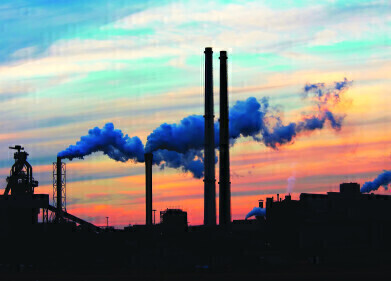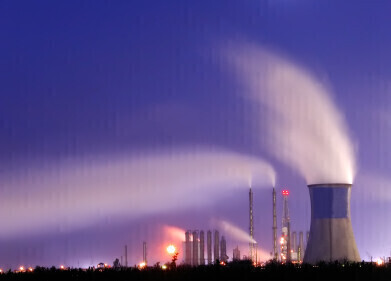Synthetic fuels
Will synthetic fuels be used for F1 competitions in 2024?
Mar 01 2024
On Saturday, the first race of this year’s Formula One World Championship will heat the asphalt of the Bahrain International Circuit – but despite its oil-derived surfacing and oil-exporting host, F1 is in the process of a rapid divorce from fossil fuels. In 2022, the UN’s Intergovernmental Panel on Climate Change stated in a press release that ‘limiting warming to around 1.5°C (2.7°F) requires global greenhouse emissions to peak before 2025’. As the world’s premier racing competition, F1 can’t avoid being a living symbol of our gas-guzzling car-mania – and with a growing audience, it’s under pressure to reshape the public image of the combustion engine for our decarbonising century. So, when competitors hit this track in 2026, their engines will be burning 100% synthetic fuel, which, it is hoped, will be more or less fully sustainable; Formula 1’s emissions won’t have just peaked, they’ll have disappeared overnight.
Ironically, things are moving fastest in the feeder series, Formulas Two and Three. Starting in last year’s season, both now run on a blended fuel, 55% of which is synthetic gasoline, produced through a reaction between hydrogen, created using electrolysis powered by renewables, and carbon monoxide from gasified biomass. In theory, this is sustainable, but only if enough biomass is grown to compensate for the carbon released. From 2025, F2 and F3 will ditch biomass and get their carbon oxides through direct carbon capture, plucking it out of the atmosphere. If all goes well, in 2027’s season, all F2 and F3 cars will be fuelled with 100% carbon-captured synthetic gasoline.
But as things stand, all of the F1 cars in Bahrain this weekend will burn E10 fuel, which is 90% fossil fuel and 10% renewable ethanol, as they have been doing since 2022. Technically speaking, this ethanol is unlikely to be a proper synthetic fuel, but a pure biofuel made from fermented biomass. In this year’s edition of the FIA regulation, it is specified that ‘A minimum of 10% (m/m) of the fuel must comprise advanced sustainable ethanol.’ This ethanol must be ‘either a second generation bio component or a component produced from non-bio carbon capture and re-use.' For clarity, a second generation bio component comprises ‘various types of non-food biomass, including lignocellulosic biomass, algae, agricultural residues or waste and dedicated non-food energy crops grown on marginal land unsuitable for food production.’ Given this leeway, it’s likely that F1 teams which are free to choose their own suppliers and formulation will opt for pure biofuel as it is far cheaper than direct carbon capture; by the barrel, the cheapest biodiesel is about $119, whereas carbon-captured synthetic fuel will cost you between $200 and $300.
From 2026, though, the next generation of F1 power units will run on 100% synthetic or biofuel. But with F2 and F3 cars on 100% carbon-captured synthetics, it won’t be long until the only petroleum that Verstappen et al are burning is rubber.
Digital Edition
PIN 26.1 Feb/Mar 2025
March 2025
Analytical Instrumentation - Elemental Analysis for Quality and Process Control at Refineries, for Lubricants and Wear Metals in Engine Oils - Synthetic Lubricants: New Developments - Scaling...
View all digital editions
Events
Apr 22 2025 Hammamet, Tunisia
Apr 22 2025 Kintex, South Korea
Solar & Energy Storage Summit 2025
Apr 23 2025 Denver, CO, USA
Apr 27 2025 Portland, OR, USA
Apr 29 2025 Mumbai, India



















